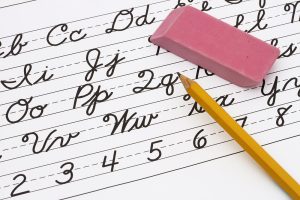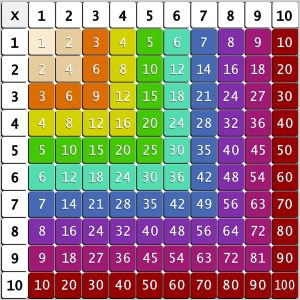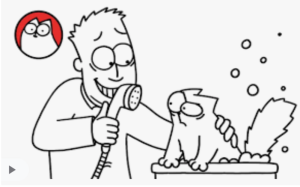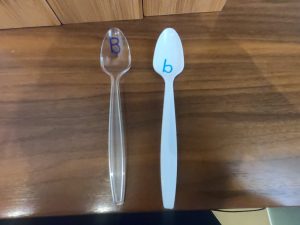BLOG
Cursive Handwriting
Cursive writing has academic, motoric, and artistic benefits. There are several fun ways to introduce cursive to your child- shaving cream, tracing your own letters, and q-tips and paint. Give some of them a try and have fun exploring this often forgotten approach.
Social Communication
Do you think your child is struggling with social communication? For many of us, social communication comes naturally and feels ingrained. We picked up appropriate social communication skills by observing the people around us from an early age. However, some children have difficulty learning and understanding our communication norms.If your child has trouble greeting or sharing information appropriately, changing their communication style to match a situation, or taking turns in conversation, th
Learning in the Time of COVID-19
The last week has been one of the most challenging for me as a small business owner and a clinician. With school closures lasting multiple weeks, I am left trying to figure out how we can best support our students and their families. How can I make sure that my students who have worked so hard to make progress with their speech, language, fluency, writing, reading, and math skills don't regress? How can I support families who now have to take on the additional role of educator? What can I offer
Writing Prompts for Students
One of my favorite go-to writing prompt books is, "642 Big Things to Write About: Young Writer's Edition" by 826 Valencia. Here are some of my favorite prompts from the book that you can use with your child:Week 1:Monday: Write a love letter to your favorite food.Tuesday: Describe a machine for capturing dreams. How does it work?Wednesday: You find a key outside of a creepy old building. What does the key open? Where does it lead?Thursday: Write a story that keeps getting bigger and bigger (bot
Free Articulation Resources for Home Practice
Practicing your child's speech sounds at home can help them make quicker progress. It's important to make sure you know which sound, level, and sound position your child is practicing before working at home. If you are unsure, reach out to your child's speech-language pathologist and ask them!
Example:
Sound: /s/
Level:
Sound (/s/)Word (sad)Phrase (a big seal)
Sentence (Sammy sat on the green chair)
Story/Multiple Sentences (This is Sam. Sam put on his sunglasses and went to the beach. At th
Using a 100s Chart at Home
A 100s chart is a 10-by-10 grid with the numbers one to one hundred printed in the squares. I like to use 100s charts with my students to provide them with a framework to think about our base-ten number system and to explore a variety of math concepts like addition, subtraction, skip counting, and multiplication. It also provides a visual for students who are still struggling with their number sense or need visual cues when completing their math work. Addition: When adding two numbers (e.g., 2 +
Language Prompts for YouTube Videos and Comics
There are lots of great YouTube videos and comics you can show your kids to promote their language skills. My favorite videos are Simon's Cat and my favorite comics are Rube Goldberg Machines. When working with your child on her language skills, it's important to help her organize her thoughts, check her comprehension, and rehearse retelling of main events or favorite parts. Here is a link to a free download of a video companion sheet:https://www.theloopsll.com/ProResources/SLP-Video-Companion-F
No-Tech Learning Games You Can Make at Home
Here are three no-tech learning games that I use in my practice that you can easily make at home. A nice component of all these games is that you can scaffold them to meet your child where they are in the learning process. Instead of giving your child all of the spoons, clips, or Lego, reduce their choice to 2, 5, 10. If you're building CVC words, use only one vowel and remove the other vowels. If you're building numbers, you can line up the unit/white spoons 1-9 then use the clear tens spoon









